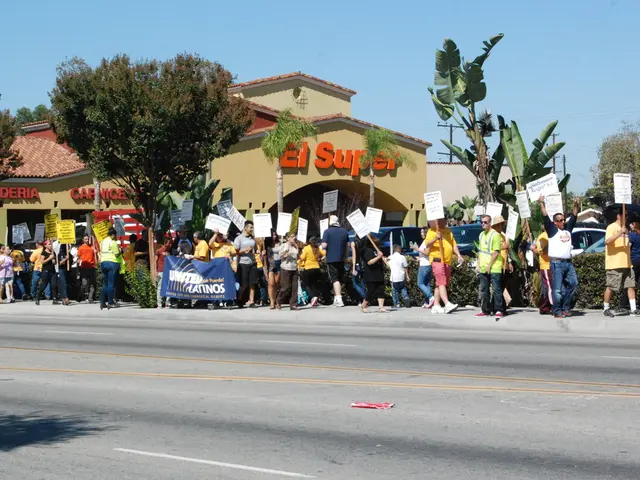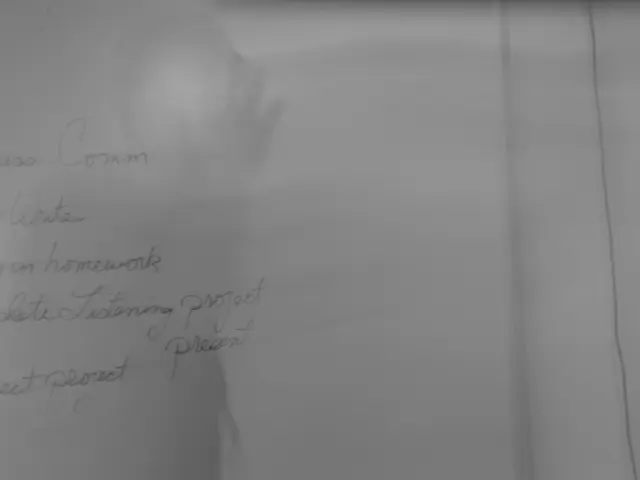Bush Tower to Get Equipped Starting from August
======================================================================================
Wuppertal's historic tower renovation project, scheduled to be completed by July 2027, is facing potential additional costs and uncertainties. These challenges are common in historic building renovations, as revealed by the Federal Reserve's historic building renovation.
The estimated costs for the Wuppertal project currently stand at around 1.5 million euros. However, the total costs are expected to exceed the combined funding from the federal government's cultural and media commissioner's special program for heritage conservation and North Rhine-Westphalia's state heritage funding program.
The renovation, which includes the sandstone outer staircase and the tower tip, is set to begin in mid-October 2025. During this phase, the balcony enclosures will be demolished once the scaffolding is up. The roofing, roof sealing, and plumbing work are scheduled to start in early November 2025.
One of the significant challenges in historic building renovations is the discovery of unforeseen hazardous materials, such as asbestos and toxic contaminants. These discoveries require specialized removal and disposal work, increasing costs and causing delays. In this project, the corroded steel beam supporting the upper third of the tower must be removed and replaced with a large steel frame, anchored by core drillings in the historic masonry.
Historic buildings must also meet current building codes, which may require installing seismic reinforcements or blast-resistant windows. These safety features, not originally anticipated, can lead to costly upgrades. Additionally, renovations on protected buildings require compliance with stringent preservation standards and repeated reviews by government agencies, potentially causing design changes and further costs.
Rising market prices for materials and labor, due to inflation, tariffs, and supply chain issues, can also significantly impact the budget. For example, steel prices rose 60% due to tariffs in the Federal project. Modern security standards may also impose additional structural and material requirements.
Further structural openings and investigations can only be carried out once the tower is fully scaffolded. These investigations can reveal issues like water table levels or soil contamination that were not visible during initial assessments.
To cover the difference between funding and total costs, Wuppertal's building management will utilise maintenance funds. Additional funding for the project is still being sought.
Despite these challenges, the renovation project is moving forward, demonstrating the commitment to preserving Wuppertal's historic architecture for future generations.
Personal-finance considerations are crucial for managing the Wuppertal tower renovation costs, as the estimated expenses of 1.5 million euros are predicted to rise above the combined funding. Budgeting may need to account for unforeseen expenses such as the removal and replacement of corroded steel beams, unexpected hazardous materials, installing seismic reinforcements, replacing blast-resistant windows, and dealing with issues like water table levels or soil contamination discovered during the renovation process.




